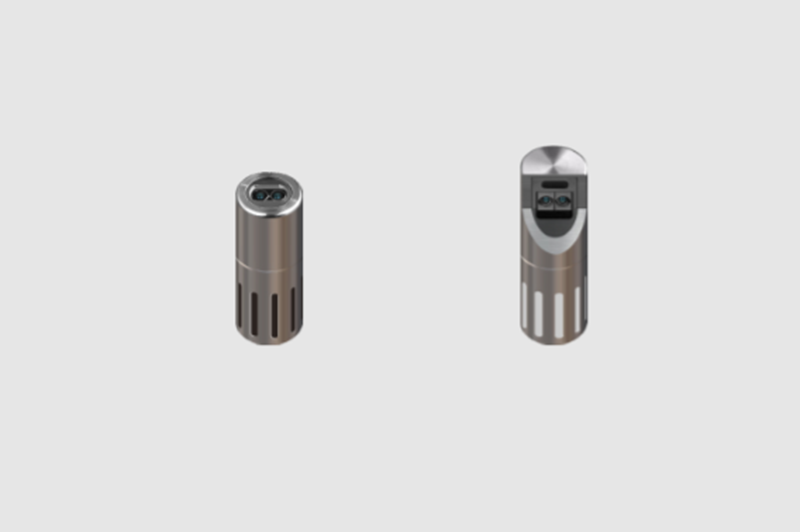Loading
What is a binocular industrial Borescope?
As the name suggests, a binocular Borescope is an Borescope with two eyes (cameras). Therefore, a binocular industrial Borescope is a type of industrial non-destructive testing equipment designed based on the principles of human binocular vision (stereoscopic vision). It is equipped with two independent cameras or optical channels separated by a certain distance (called the "pupillary distance") to observe or image the same object from two different perspectives.

The core technical process is:
1. Dual-channel acquisition: Two front-end cameras simultaneously capture images of the target object.
2. Independent transmission: The two image signals are transmitted to the back-end display system through their own optical lens systems or electronic sensors.
3. Stereo synthesis: The processing system fuses the two images, which have slight differences in perspective.
4. Three-dimensional measurement: Using specific display technology, the differences between the two images are compared to obtain more accurate defect data.
Advantages of binocular Borescopes over monocular Borescopes: Monocular Borescopes only provide two-dimensional images, like looking at a photograph with one eye. The core advantage of binocular Borescopes lies in their ability to provide three-dimensional vision and perform three-dimensional measurement, providing robust data support for defect detection and a significant advancement in visual inspection.
Thus, while binocular industrial Borescopes are more expensive and technically complex than monocular Borescopes, they are in even greater demand in sectors requiring high inspection accuracy, reliability, and efficiency, such as aerospace. They address the core pain points of monocular Borescopes—their limited viewing angles, inaccurate measurements, and prone to errors—and elevate industrial endoscopic inspection from "qualitative observation" to a higher level of "precise three-dimensional quantitative analysis."
So what are the technical challenges of binocular Borescopes?
1. Extremely small "pupillary distance" design and precise calibration (the core challenge)
The human interpupillary distance is approximately 60-70mm, providing a good baseline for stereoscopic vision. However, the diameter of an industrial Borescope is typically only a few millimeters (e.g., 4mm, 6mm). To fit two complete optical systems into such a small diameter, the physical baseline (the distance between the centers of the two lenses) is extremely compressed (perhaps only 1-2mm). Furthermore, any slight deformation, thermal expansion and contraction caused by temperature differences, or minor collisions can cause slight angular deviations between the two optical paths (optical axis misalignment). This deviation is multiplied during imaging, resulting in significant errors in the measurement data.
For this reason, a complex calibration process is required before shipment, using high-precision equipment to ensure that the optical axes of the two cameras are strictly parallel and that the images are aligned at the pixel level.
Binocular Borescopes offer advantages in the following application scenarios.
Both binocular and monocular Borescopes have their own advantages, but binocular Borescopes are more suitable for the following applications:
Applications requiring precise quantitative data: A leap from "it seems there's a crack" to "the crack is 2.3mm long and 0.5mm deep."
Applications requiring extremely high safety and reliability requirements: In aerospace and energy power, for example, even small dimensional deviations can lead to major accidents.
Applications requiring trend analysis and life prediction: By comparing data from previous inspections, the development rate of defects can be accurately determined and the remaining life of components can be predicted. Scenarios requiring direct evidence for maintenance decisions: Measurement results can be used to determine whether to continue using, repair immediately, or scrap and replace.
Therefore, binocular 3D Borescopes are key technical equipment for transitioning industrial inspection from "qualitative observation" to "quantitative analysis," and are an indispensable component of high-end intelligent manufacturing and predictive maintenance systems.